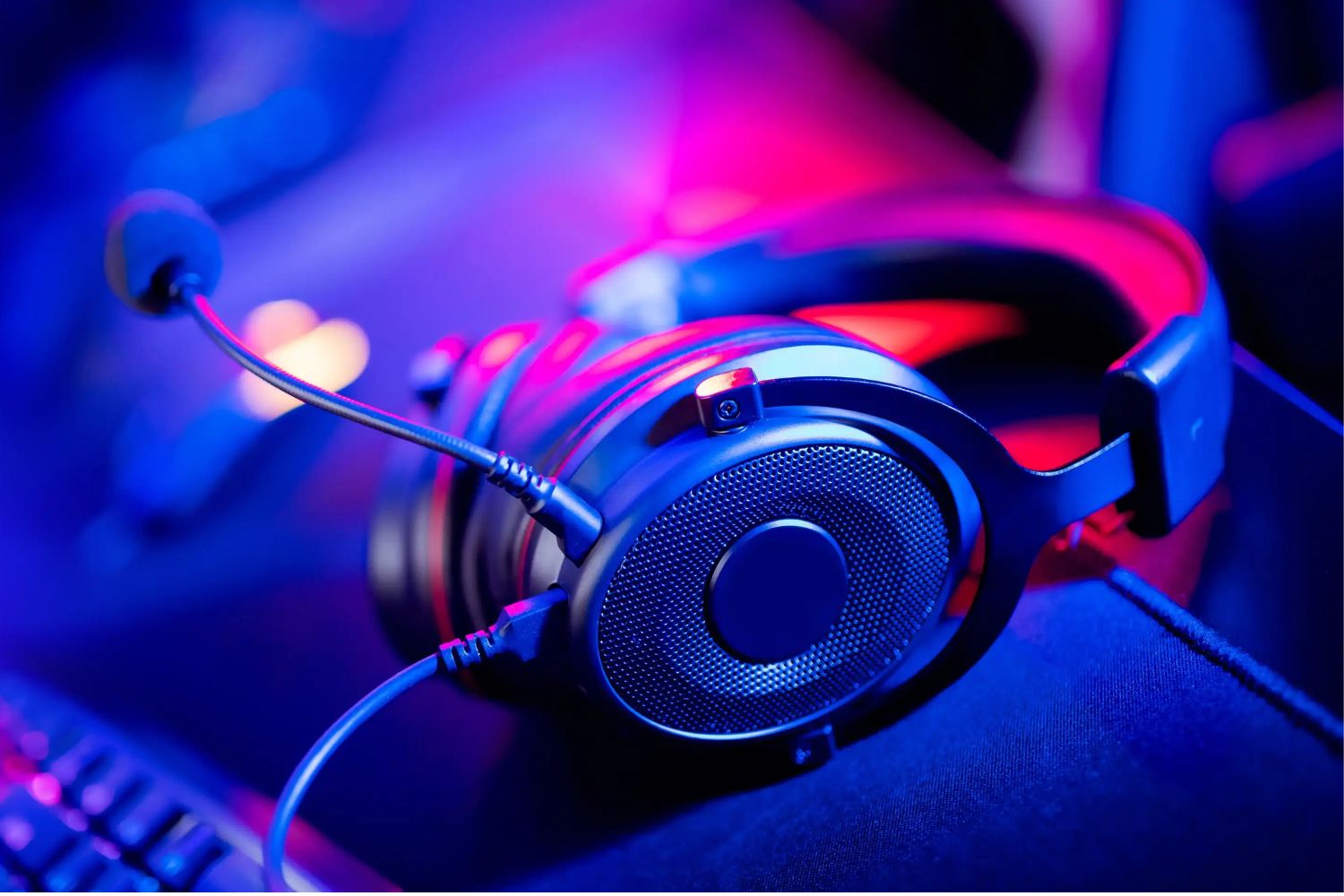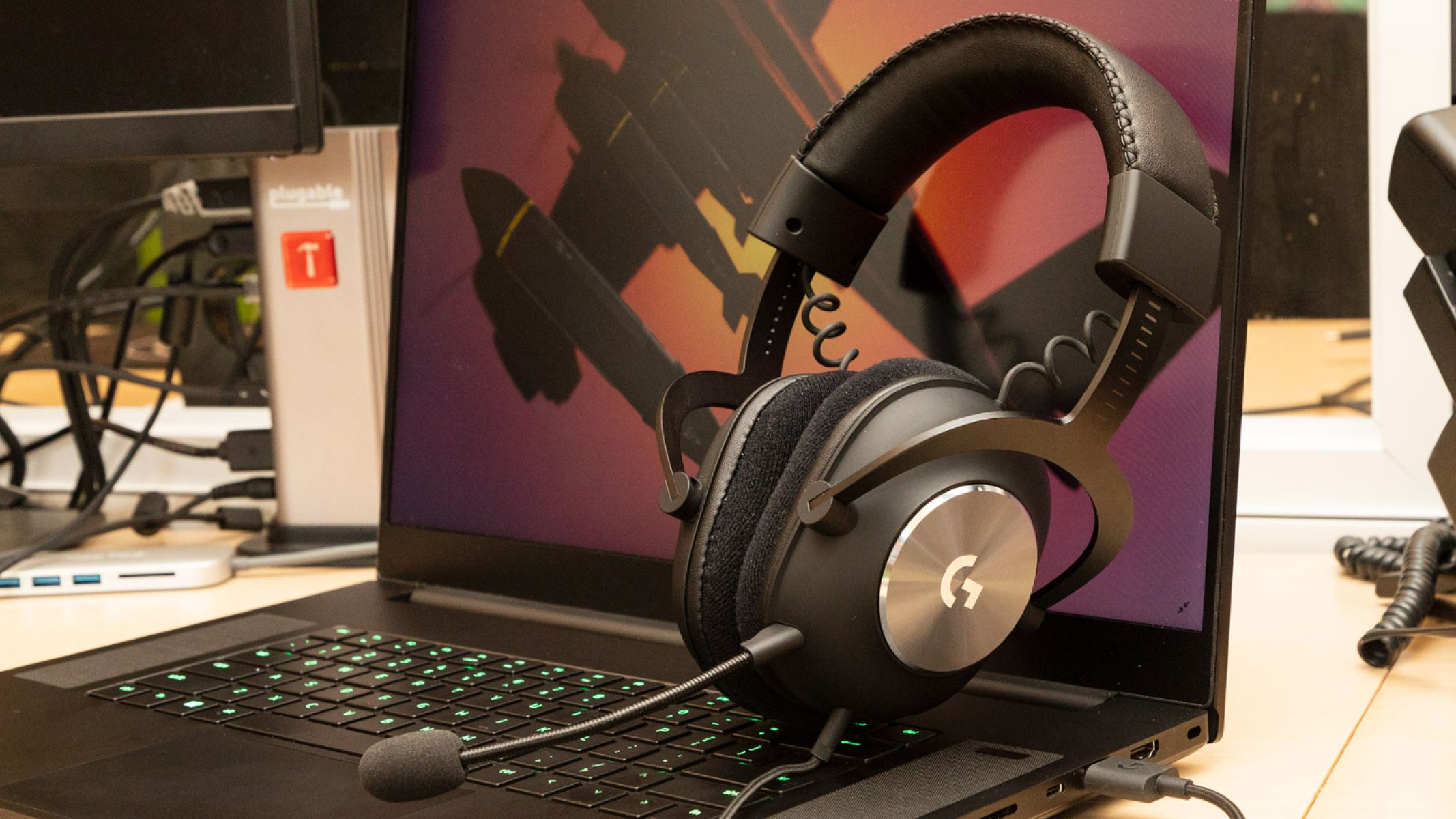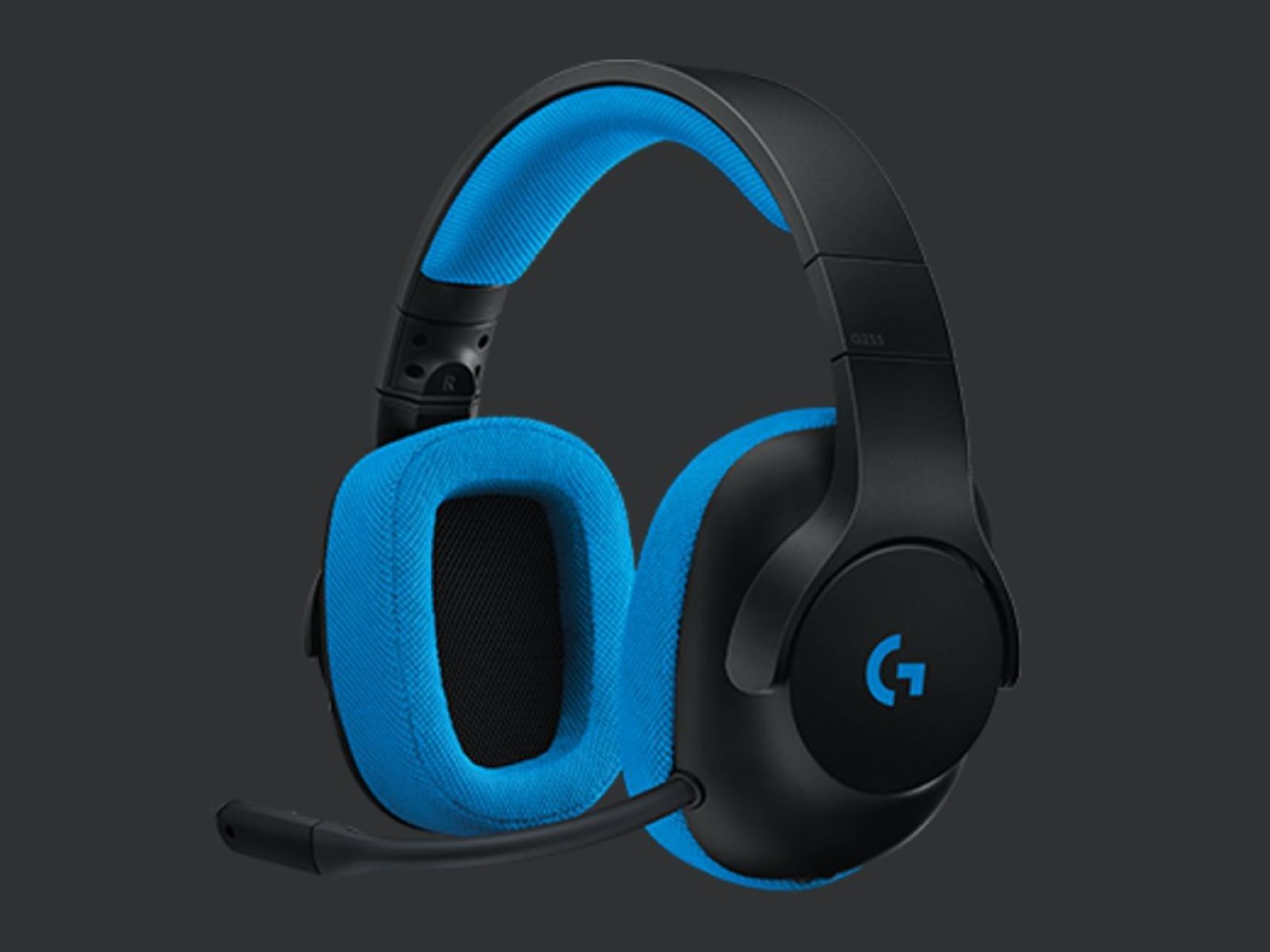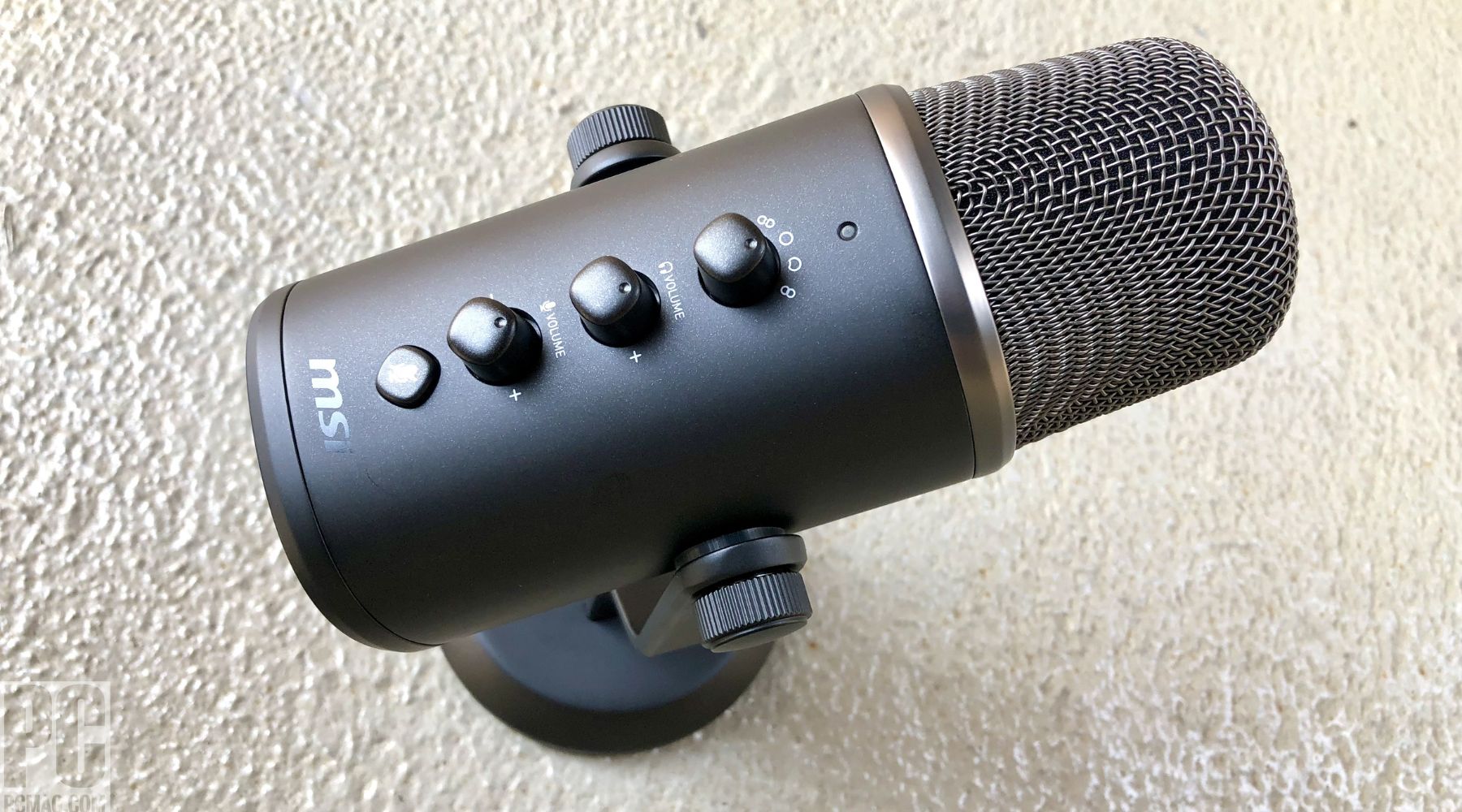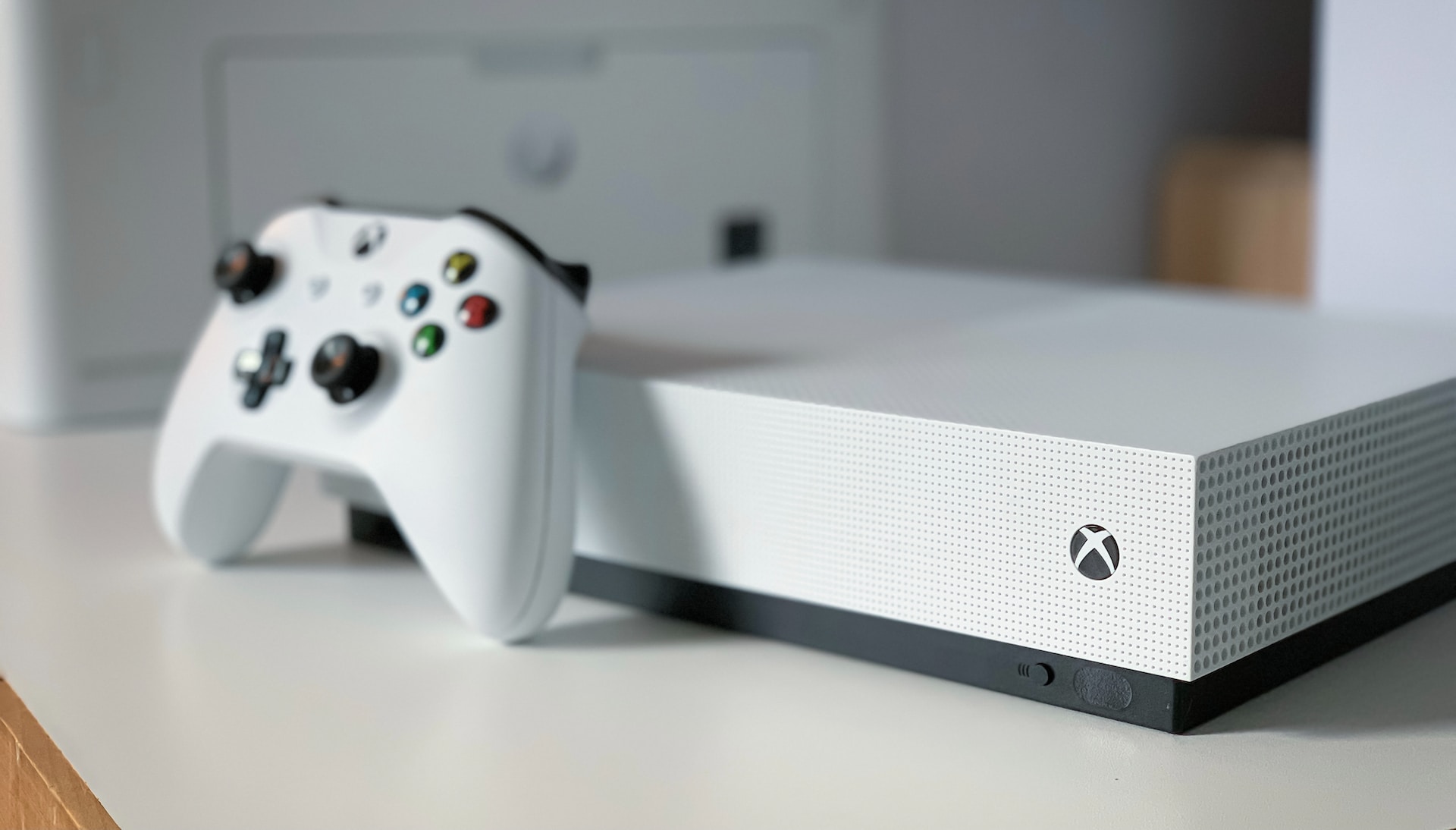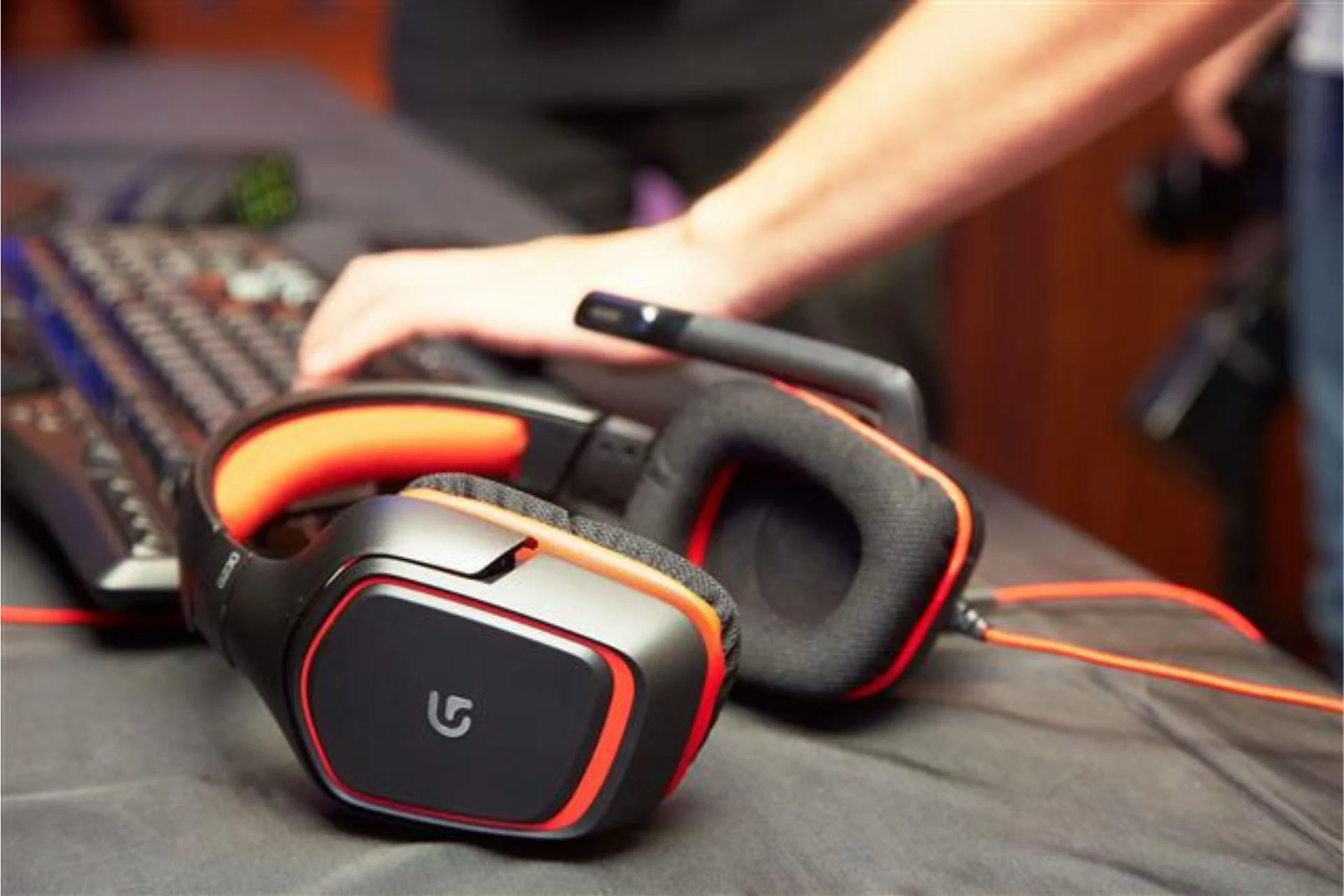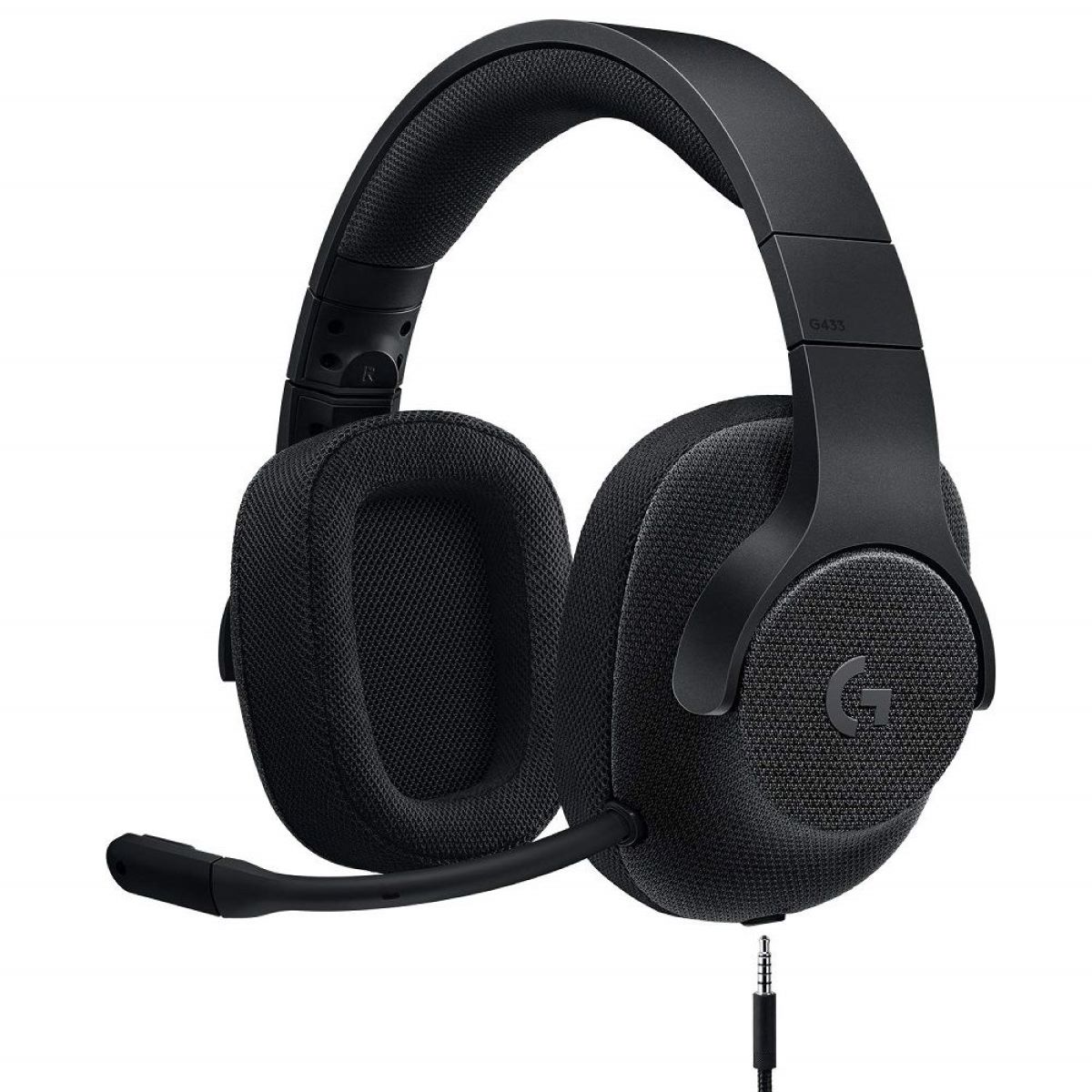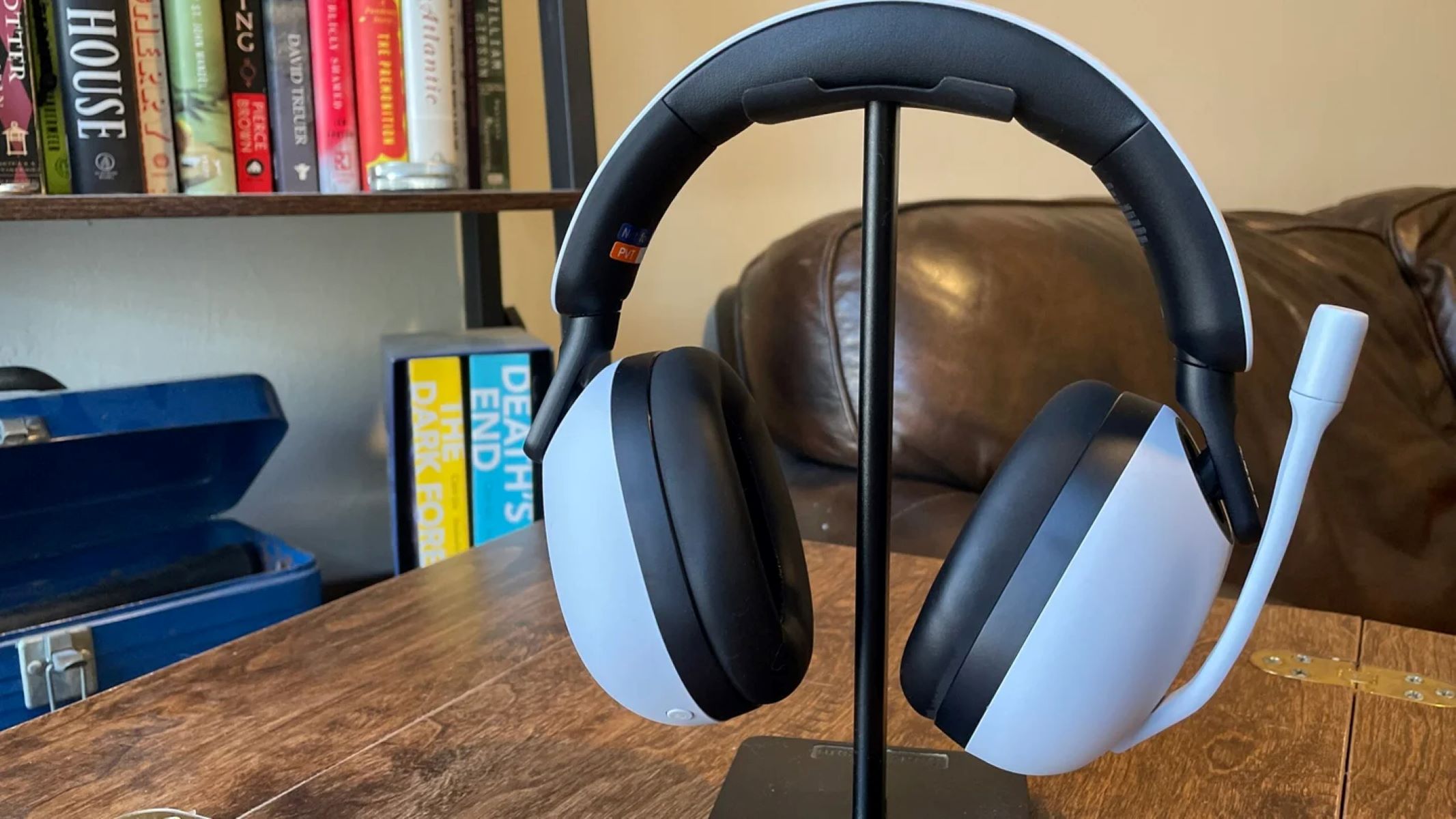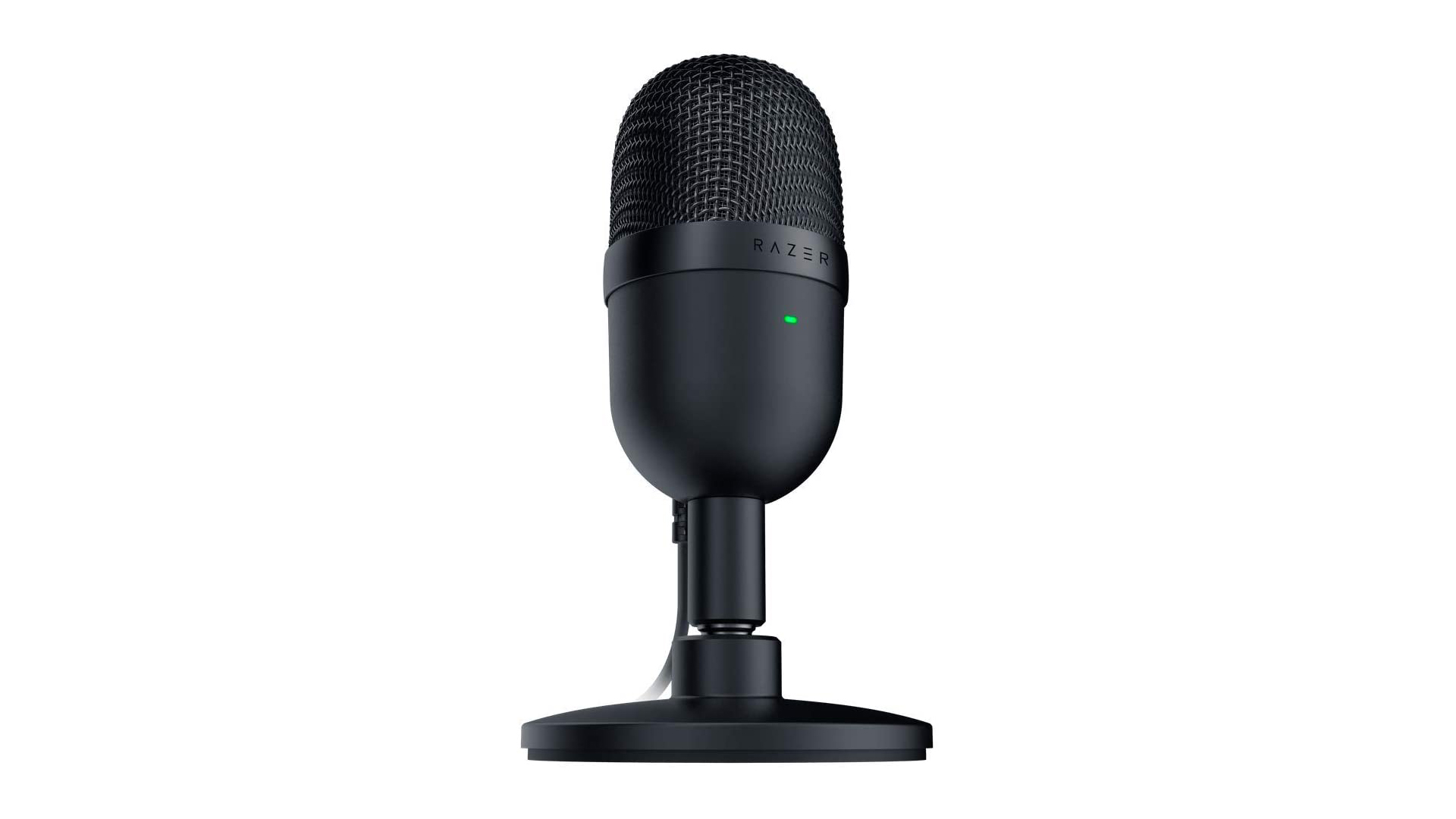Introduction
Welcome to the world of headset microphones, where clear and crisp audio is essential for all your communication needs. But what happens when an annoying buzz infiltrates your recordings or calls? This is a common issue faced by many headset users, causing frustration and hindering productivity. Thankfully, there may be a simple solution that you haven’t discovered yet.
In this article, we will explore the phenomenon of headset microphone buzz and delve into the reasons why it occurs. We will also discuss one intriguing method that seems to eliminate the buzz effectively – touching the PC case. But how does this seemingly strange act make a difference? Let’s find out.
Before we dive into the specifics, it’s important to understand what headset microphone buzz actually is. In simple terms, it refers to the unwanted background noise or interference that can be heard when using a headset microphone. This can manifest itself as a buzzing, humming, or static-like sound, which can severely impact the clarity and quality of your recordings or calls.
Whether you’re a content creator, a gamer, or just someone who relies heavily on voice calls, you’ve likely encountered this frustrating issue at some point. The buzz can be intermittent or constant, making it difficult to communicate effectively or enjoy your audio experience.
Next, let’s examine some of the common causes of headset microphone buzz so that we can better understand why touching the PC case might be the surprising solution you’ve been looking for.
What is headset microphone buzz?
Headset microphone buzz, also known as microphone interference, is a frustrating issue that plagues many headset users. It is characterized by an unwanted background noise or hum that is picked up by the microphone, resulting in poor audio quality.
This annoying buzz can be caused by a variety of factors. One common culprit is electromagnetic interference (EMI), which occurs when the microphone’s electrical signals get disrupted by nearby electronic devices. This interference can be caused by Wi-Fi routers, mobile phones, or even other devices connected to your computer.
Another possible cause is ground loop interference. This happens when there are multiple grounding paths in an audio system, creating an electrical loop that causes a buzzing sound. Ground loop interference is more likely to occur when multiple devices are connected to the same power source or when using multiple audio input/output devices simultaneously.
Additionally, physical issues with the headset itself can contribute to microphone buzz. Loose or damaged cables, poorly shielded components, or faulty connectors can all introduce unwanted noise into the audio signal. It’s always a good idea to check the physical integrity of your headset and cables before assuming the problem lies elsewhere.
The presence of headset microphone buzz can greatly diminish the quality of your voice recordings, conference calls, or gaming experiences. It can make it challenging for others to hear you clearly, and it can be a source of frustration and distraction for both you and your audience.
Now that we understand what headset microphone buzz is and how it can impact our audio experience, let’s explore why touching the PC case can potentially eliminate this annoying problem.
Common causes of headset microphone buzz
Headset microphone buzz can stem from various factors. Understanding these common causes is crucial in finding the best solution to eliminate the unwanted noise. Here are some frequent culprits behind microphone buzz:
- Electromagnetic Interference (EMI): EMI occurs when the microphone’s electrical signals are disturbed by nearby electronic devices. Wi-Fi routers, mobile phones, or other devices in close proximity to the headset can emit electromagnetic waves that interfere with the microphone’s functioning, leading to buzz or static noise.
- Ground Loop Interference: Ground loop interference is another prevalent cause of microphone buzz. It arises when there are multiple grounding paths in an audio setup. This creates an electrical loop and results in a buzzing sound. It occurs more commonly when multiple devices are connected to the same power source or when using numerous audio input/output devices simultaneously.
- Physical Issues: Physical malfunctions in the headset and its components can contribute to microphone buzz. Loose or damaged cables, poorly shielded components, or faulty connectors can introduce unwanted noise into the audio signal. It is vital to inspect and maintain the physical integrity of the headset regularly to prevent such issues.
- Driver or Software Compatibility: In some cases, microphone buzz may be caused by driver or software compatibility issues. Outdated or incompatible drivers and software can lead to audio distortion or interference. Ensuring that all drivers and software are up to date can help mitigate this problem.
- Mic Placement: Improper microphone placement can also result in unwanted noise. If the microphone is too far from your mouth or improperly aligned, it may pick up ambient noise or create feedback, leading to buzz or distortion.
Identifying the specific cause of microphone buzz is essential. By understanding the root of the problem, you can implement the most effective solution and enjoy clear and uninterrupted audio.
Now that we have explored the common causes of headset microphone buzz, let’s delve deeper into the fascinating phenomenon of how touching the PC case can eliminate the buzz completely.
Why does touching the PC case eliminate the buzz?
It may seem strange, but many users have reported that touching the PC case with their hand or fingers can effectively eliminate headset microphone buzz. This phenomenon can be attributed to a phenomenon known as grounding, which plays a vital role in the proper functioning of audio equipment.
Electromagnetic interference (EMI), one of the common causes of microphone buzz, occurs when the microphone’s electrical signals get disrupted by nearby electronic devices. When you touch the PC case, you essentially create a direct physical connection between yourself and the case.
The PC case, particularly its metal components, is typically grounded. Grounding serves to provide a safe path for electrical energy to dissipate, preventing electrical shocks and reducing the chances of interference. When you touch the grounded PC case, your body acts as a conduit, allowing the excess electrical energy or interference to dissipate through you and into the grounding system of the PC.
By effectively grounding yourself and the PC case, you are essentially creating a shield against electromagnetic interference that may be affecting the microphone. This action can significantly reduce or eliminate the buzz, restoring clear and clean audio.
However, it is important to note that the effectiveness of this method may vary depending on the specific situation and the nature of the interference. For example, touching the PC case may be more effective in situations where the buzzing sound is caused by electromagnetic interference from nearby electronic devices.
It is also worth mentioning that the effectiveness of this method may depend on the quality of the grounding system in your PC and the overall electrical setup in your environment. For some users, simply touching the PC case may not completely eliminate the buzz, but it can still provide a noticeable improvement in audio quality.
While touching the PC case to eliminate microphone buzz may seem unconventional, it is a simple and cost-effective solution that many users have found to be effective. However, it’s crucial to consider other factors and explore alternative solutions if the buzzing persists or worsens.
Now that we understand why touching the PC case can eliminate microphone buzz, let’s explore how the PC case itself affects the performance of the headset microphone.
How does the PC case affect the headset microphone?
The PC case, although often overshadowed by its internal components, can play a significant role in the performance of a headset microphone. Understanding how the PC case affects the microphone can shed light on why touching it can help eliminate microphone buzz.
The PC case is typically made of metal, such as aluminum or steel, which provides durability and protection for the internal components of the computer. This metal construction also offers an important characteristic that influences the microphone’s performance – grounding.
A grounded PC case ensures that any excess electrical energy or interference is safely dissipated to the ground, preventing it from interfering with the sensitive components inside the computer. This grounding mechanism is crucial in maintaining the integrity of audio signals and reducing the risk of electromagnetic interference (EMI).
When the microphone picks up the EMI from nearby electronic devices, the PC case acts as a shield, preventing the interference from directly reaching the microphone. The metal case absorbs and disperses the unwanted electromagnetic signals, reducing the chances of them affecting the audio quality captured by the microphone.
However, the effectiveness of the PC case as a shield against EMI can vary depending on several factors. The quality of the case’s metal construction, the presence of any gaps or poor connections, and the overall electrical setup of the PC can all impact its ability to block the interference effectively.
By touching the PC case while using the headset, you establish a direct physical connection between yourself and the grounded case. This connection allows any excess electrical energy or interference present in your body to be safely channeled into the grounding system of the PC, further reducing the chances of the interference affecting the microphone.
While it may not be a foolproof solution for all cases of microphone buzz, touching the PC case takes advantage of its grounding properties to mitigate the potential impact of EMI. It provides a simple and accessible method to improve the audio quality captured by the microphone.
However, it is essential to note that the PC case alone may not be the only contributing factor to microphone buzz. Other causes, such as EMI from external sources or physical issues with the headset, should be considered and addressed if the buzzing persists.
Now that we understand how the PC case affects the performance of the headset microphone, let’s explore whether it is safe to touch the PC case while using the headset.
Is it safe to touch the PC case while using the headset?
Touching the PC case while using a headset is generally safe for most users. The PC case is designed to be grounded, providing a safe path for electrical energy to dissipate and reducing the risk of electrical shocks. When you touch the grounded case, you essentially create a direct physical connection between yourself and the case.
In normal circumstances, where the PC is properly grounded and functioning as intended, there should be no risk of electrical shock or harm when touching the case. However, it is always a good idea to ensure that your PC is plugged into a properly grounded outlet and that all electrical connections are secure to maintain a safe environment.
Additionally, it is important to consider any potential hazards that may be present in your specific setup. For example, if your PC case is damaged or has exposed wiring, there may be a higher risk of electrical shock. In such cases, it is recommended to have a professional inspect and repair the PC before attempting to touch the case.
Furthermore, it’s worth mentioning that individuals with specific medical conditions, such as a heart condition or a pacemaker, should exercise caution when touching any electrical components, including the PC case. If you have any concerns regarding your health or safety while using the headset, it is best to consult with a medical professional or an expert in the field.
While touching the PC case to eliminate microphone buzz is generally safe, it is important to prioritize your well-being and take necessary precautions. If you feel uncomfortable or uncertain, consider alternative methods to address the buzzing issue or consult with a professional for assistance.
Now that we have explored the safety aspects of touching the PC case while using a headset, let’s discuss other solutions that can help eliminate microphone buzz.
Other solutions to eliminate headset microphone buzz
While touching the PC case can be an effective solution for eliminating headset microphone buzz, it may not work for everyone or in every situation. Fortunately, there are several other alternative solutions that you can try to address this frustrating issue. Here are some options:
- Use a USB audio adapter: If your headset is connected to your computer via a 3.5mm jack, using a USB audio adapter can help reduce interference and improve audio quality. These adapters often feature better shielding and can provide a cleaner audio signal.
- Move away from electronic devices: Ensure that your headset and microphone are positioned away from other electronic devices, such as Wi-Fi routers, mobile phones, or other computers. This can help minimize electromagnetic interference that causes the buzz.
- Check cables and connectors: Inspect the cables and connectors of your headset for any damage or loose connections. Replace any faulty cables or connectors to eliminate potential sources of interference.
- Update audio drivers and software: Outdated or incompatible audio drivers and software can sometimes contribute to microphone buzz. Make sure to check for updates from the manufacturer’s website and install them to ensure optimal performance.
- Use a noise-canceling microphone: Consider investing in a noise-canceling microphone that is specifically designed to reduce background noise and interference. These microphones employ advanced technologies to minimize unwanted sounds and can greatly enhance audio quality.
- Separate audio and power sources: Whenever possible, try to keep your audio devices and power sources separate. Plugging your headset into a USB port or a separate power outlet can help prevent ground loop interference and minimize buzz.
It’s important to note that these solutions may not work in every case, as the cause of the microphone buzz can vary. Experimenting with different solutions and combinations of solutions may be necessary to find the one that works best for you.
If you have tried various solutions and the microphone buzz persists or worsens, it may be beneficial to seek professional assistance or reach out to the manufacturer for further guidance.
Now that we have explored different solutions to eliminate headset microphone buzz, let’s wrap up this article.
Conclusion
Headset microphone buzz can be a frustrating issue that hampers the quality of your audio recordings, calls, or gaming experiences. While touching the PC case to eliminate the buzz may seem unconventional, it can be an effective solution for many users. By establishing a physical connection with the grounded PC case, you create a pathway for excess electrical energy or interference to dissipate, reducing the impact on the microphone.
However, it’s important to remember that the effectiveness of this method may vary depending on the specific situation and the nature of the interference. Other factors, such as electromagnetic interference from nearby electronic devices, physical issues with the headset, or driver/software compatibility, can also contribute to microphone buzz.
In such cases, exploring other solutions may be necessary. Using a USB audio adapter, separating audio and power sources, checking cables and connectors, updating audio drivers and software, or investing in a noise-canceling microphone are all potential remedies to consider.
It’s crucial to prioritize your safety while addressing microphone buzz. Touching the PC case is generally safe for most users, but it’s important to ensure that your PC is properly grounded and in good condition. If you have any concerns or specific health conditions, it’s advisable to consult with a professional or medical expert.
Ultimately, finding the most suitable solution for eliminating headset microphone buzz may require some trial and error. Experimenting with different approaches and combinations of solutions can help you achieve the desired improvement in audio quality.
Remember, the goal is to enjoy clear and crisp audio without any unwanted buzzing or interference. With persistence and a bit of exploration, you can overcome headset microphone buzz and optimize your audio experience.







